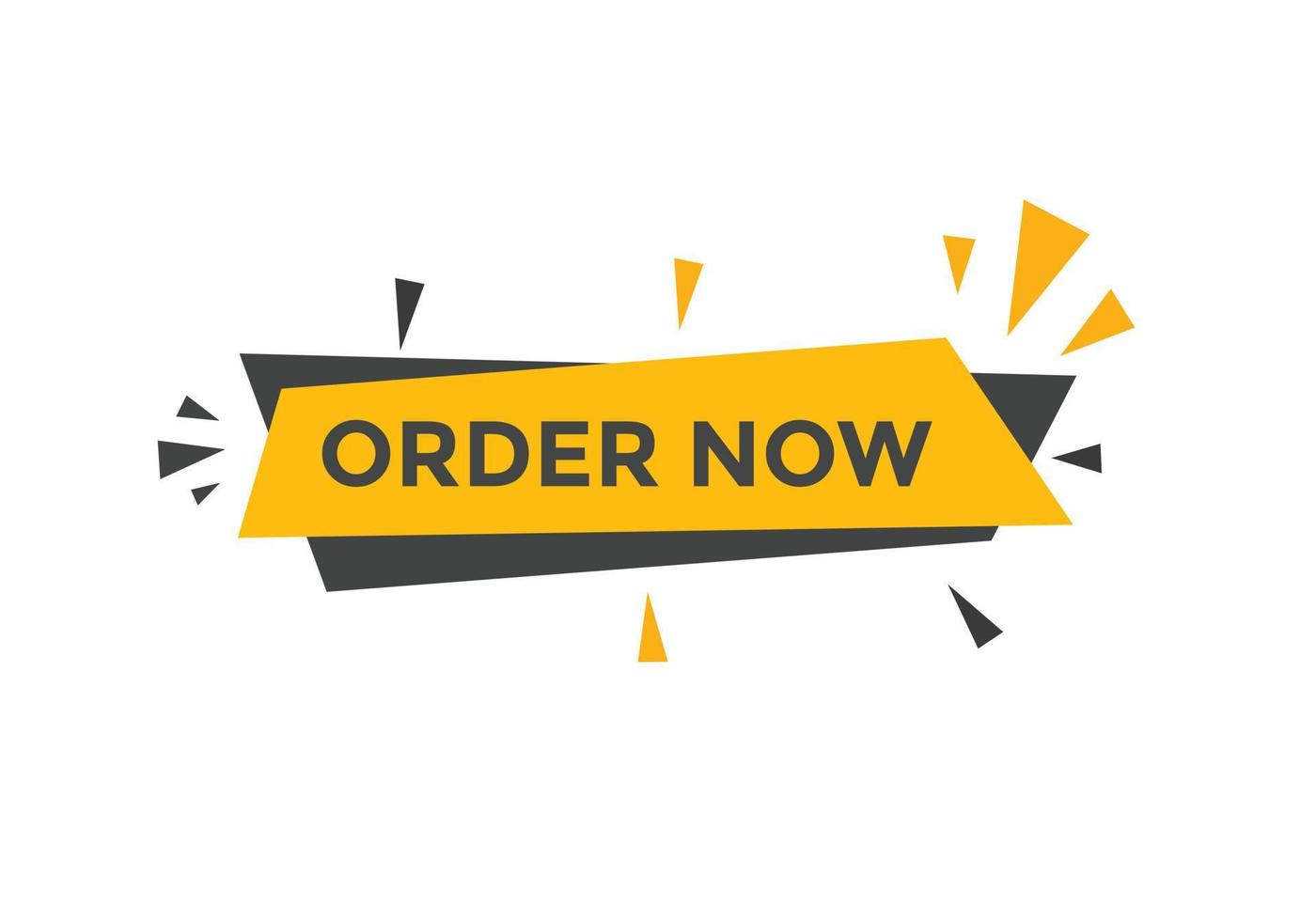Create a PowerPoint presentation of 7–10 slides to provide training to your HR team on engaging a global workforce culture to maximize performance.
By successfully completing this assessment, you will demonstrate your proficiency in the following course competencies and assessment criteria:
- Competency 1: Explain how culture influences human resource practices and employee management.
- Analyze differences in work styles between a U.S. worker and that of another country.
- Competency 2: Analyze global issues that influence human resource practices for multinational corporations (MNCs).
- Describe best practices for a virtual human resources team of a global workforce.
- Competency 3: Analyze the impact of cross-cultural communications on employee management in multinational corporations (MNCs).
- Analyze the impact of cross-cultural communications on employee management.
- Competency 4: Communicate in a manner that is scholarly, professional, and consistent with expectations for members of the human resource profession.
- Write in a professional style using APA citations and format with correct grammar, usage, and mechanics.
Suggested Resources
The following optional resources are provided to support you in completing the assessment or to provide a helpful context. For additional resources, refer to the Research Resources and Supplemental Resources in the left navigation menu of your courseroom.
Global Workforce Engagement
- Glint, Inc. (2018). The state of employee engagement in 2018. Retrieved from https://info.glintinc.com/2018_03_WP_State_of_EE_PPC_Register.html?utm_source=google&utm_medium=cpc&utm_ppc-campaign-name=Google_Search_US-Mid-Atlantic_Employee-Engagement_NB_BMM&utm_ppc-ad-group=NB_employee-engagement&utm_ppc-keyword=%2Bemployee%20%2Bengagement&gclid=EAIaIQobChMI0LS5weWY3gIVVlgNCh2yuAv6EAAYAiAAEgLST_D_BwE
- (2016). The world’s most talent ready countries 2015. | Transcript. Retrieved from https://www.youtube.com/watch?v=UVPwXkPEAUM
- (2015). Employee job satisfaction and engagement: Optimizing organizational culture for success [PDF]. Retrieved from https://www.shrm.org/ResourcesAndTools/business-solutions/Documents/2015-job-satisfaction-and-engagement-report.pdf
- SHRM Foundation. (2015). Engaging and integrating a global workforce[PDF]. Retrieved from https://www.shrm.org/hr-today/news/hr-magazine/documents/3-15%20eiu%20theme%202%20report-final.pdf
- SHRM Foundation Executive Briefing. (n.d.). Employee engagement: Your competitive advantage. Retrieved from https://www.shrm.org/ResourcesAndTools/business-solutions/Documents/2015-job-satisfaction-and-engagement-report.pdf
Additional Resources for Further Exploration
- Abramson, N. R., & Moran, R. T. (2018). Managing cultural differences: Global leadership for the 21st century(10th ed.). New York, NY: Routledge.
- Chapters 12–17. These chapters have country information outlined by regions of the world.
- Guidelines for Effective PowerPoint Presentations [PPTX].
Assessment instructions
Preparation
This assessment is based on the following scenario:
You are the section leader of a seven-member training and development team within the larger human resources department of a multinational corporation headquartered in Washington DC. All the HR professionals are Americans who grew up in the U.S. Three of your peers have extensive global experience; the other four have not worked outside the U.S., nor have they ever been part of a global HR team. The multinational corporation you work for is an engineering firm with projects around the globe and employees over 34,000 employees from 50 nations.
Understanding how to blend global talent into teams to support an organization’s training goals—while being




Reviews
There are no reviews yet.